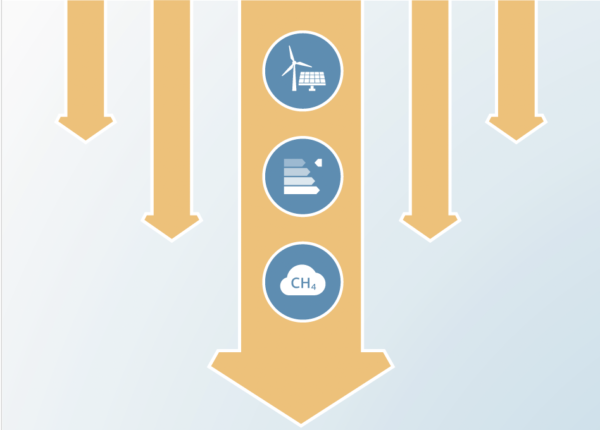
Cement is an integral base material for the global economy, but it poses a major climate challenge. Cement production generates 7-8% of global carbon dioxide (CO2 ) emissions and the sector’s emissions trajectory is incompatible with the Paris Agreement goal of limiting warming to 1.5°C above pre-industrial levels.
In recent decades, China has been central to the boom in cement production and its associated emissions. China produces more than half the world’s cement, generating 13-15% of its national CO2 emissions. Therefore, cement sector activity is critical to meeting China’s goals of peaking national emissions before 2030 and reaching carbon neutrality by 2060.
The Chinese economy has above average cement and concrete consumption. Cement demand has been falling for several years, and China appears to have reached peak cement production. Demand is likely to continue falling for several decades, bringing significant climate benefits. Still, enhanced demand reduction and elimination of remaining sector emissions are required to meet climate goals
Successful cement sector decarbonisation requires a ‘whole-of-system’ approach. Significant demand reduction would greatly accelerate emissions reduction. There is considerable potential for enhanced materials efficiency, including optimised building design and extended lifespans; substitution of cement and concrete with materials such as structural steel and timber; and increased circularity through reuse and recycling of cement, concrete, and other building materials.
In this report we look at options for decarbonising China's cement sector, with recommendations for the way forward, including a review of policies and regulations for the cement industry in the EU and Germany.











